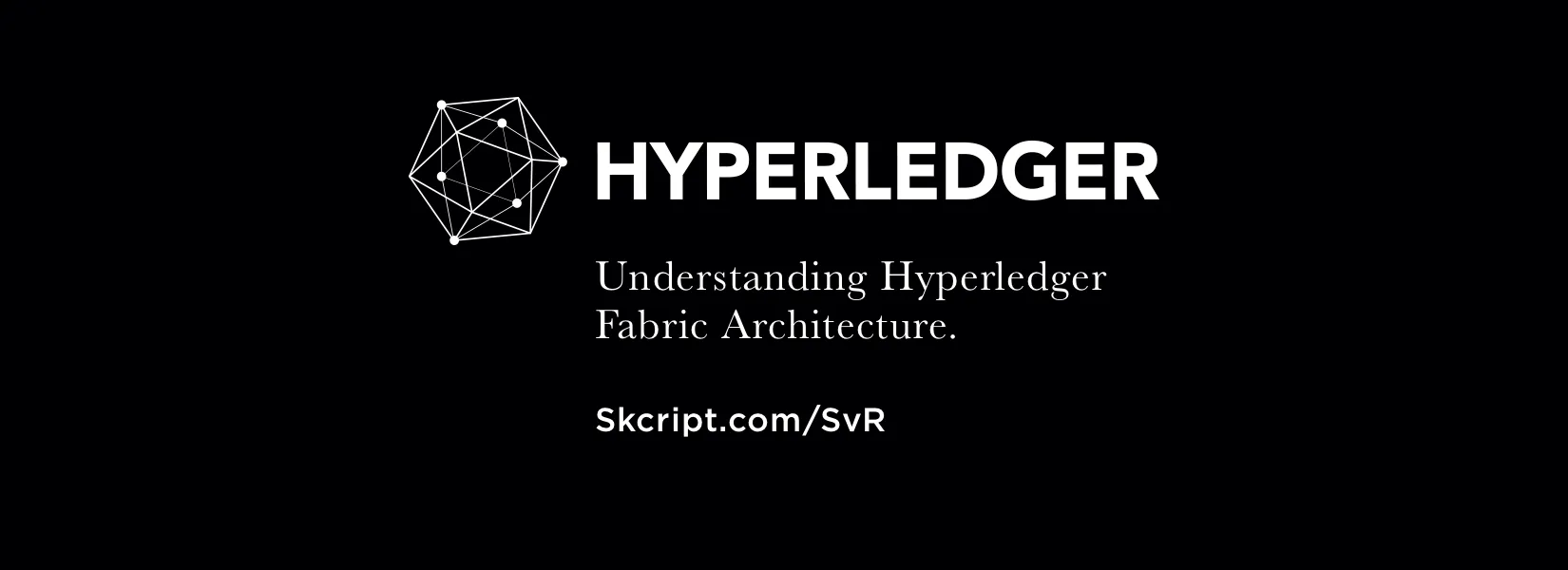The diagram below is gives you an overview of the entire architecture and the hierarchy of each of the components.

Domain
This is the top level namespace for your project. Say you’re building a network for a supply chain, then usually the project name or the domain name is used as the Hyperledger Fabric’s domain.
Orderers
Under a domain there are orderers (can be multiple instances) who are responsible for making sure that all the peers in the network have committed a transaction. When a transaction is proposed and committed by a peer, the orderer is informed about the new transaction and it forwards and commits this block to all adjacent peers.
Note : Orderers are not dependent on one organization. However it is suggested to have multiple orderers to reduce failure rates.
Organizations
Organizations are the containers for the peers and respective certificate authorities (CA). Each organization has its own CA and a list of peers. Usually organizations are used for physical separation of the blockchain network where each organization who uses your product can setup their physical machines and join your network.
Certificate Authorities
The certificate authority is responsible for creating users certificates. It is used for verifying ownership in the network. Each certificate authority is tied with an organization.
Peers
The peers are nodes which are connected to clients and are responsible for committing transactions to the world state. Each peer has its own copy of transactions in a couchdb database. An organization can have more an one peer. Though it is advised to have multiple peers in an orderer to avoid data loss, having more than 3 or 4 peers might result in higher latency rates.
Subscribe to our newsletter
Get the latest updates from our team delivered directly to your inbox.
Related Posts
10 Gems in Ruby that you will love
Let's go back to basics with Ruby on Rails and see some of the Gems that we use everyday at skcript. #StartWithSkcript
#100DaysOfCommits
Our CTO, Swaathi, talks about our commitment to the #100DaysOfCommit challenge. Join us.
18 Python packages you should be using right now
Let us look at some python packages that will get you started on your machine learning path #StartWithSkcript

